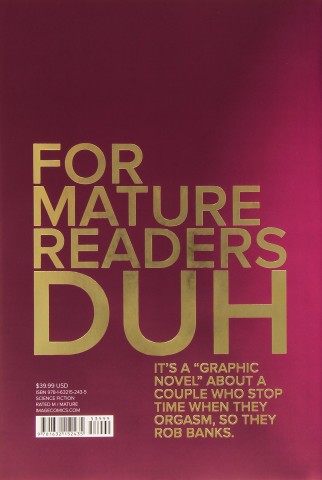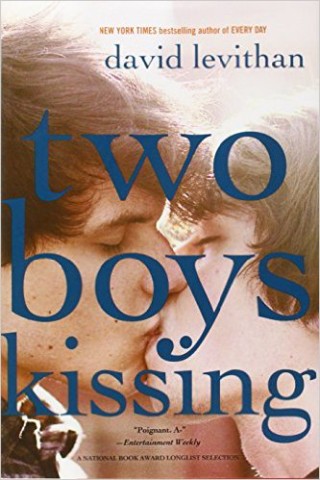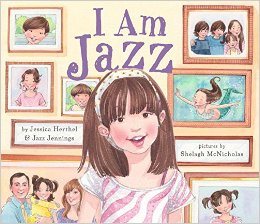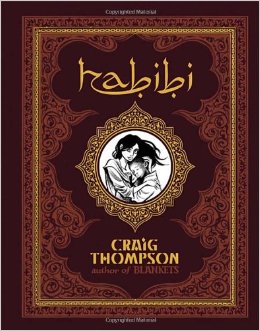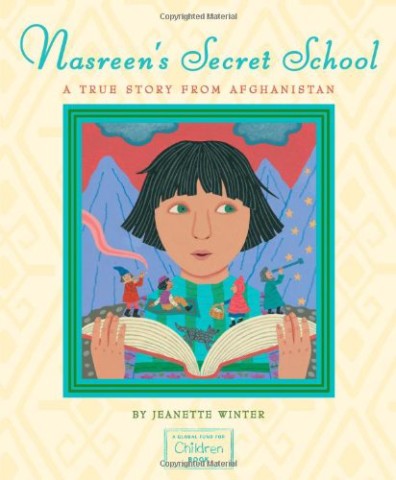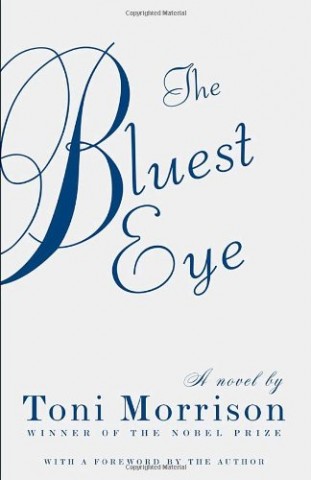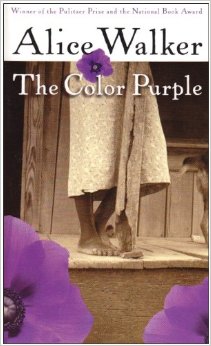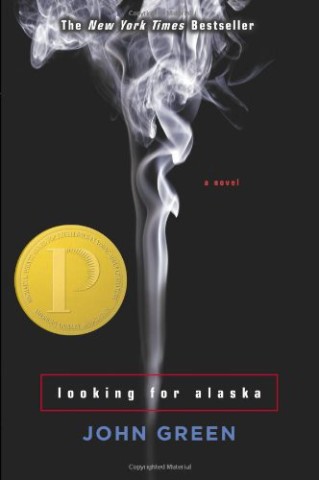
Title: Looking for Alaska
Author: John Green
Challenged In: Marion County, KY; Sumner County, TN; Lumberton Township, NJ; Waukesha High School, WI; Verona High School, NJ; Knox County High School, TN; Depew High School, NY; probably more
Because: sexual content, “too racy to read”, inappropriate language, it might tempt teens to “experiment with pornography, sex, drugs, alcohol, and profanity”
This book is the second I’ve read by John Green, the first being An Abundance of Katherines. That one was alright. But my previous John Green knowledge allowed me to accurately predict everything about this book because it’s the same but more pretentious and insufferable. Here’s the plot: a scrawny teen boy without any personality besides one twee-as-shit quirk that stands in for one (in this book it was memorizing famous people’s last words; in the last it was math) finds himself in a new place for vague, Eat-Pray-Love style reasons (in this book it was going to a new boarding school to “seek the great perhaps” ugggggh; in the last it was going on a destinationless road trip waiting for a “eureka moment”). His best friend is always short, stocky, and funnier than him, and exists in the text solely to give him succinct but poignant life advice and generally be the common sense brains of the outfit. Bland Nice Guy (TM) falls in love at first sight with the most beautiful and amazing Manic Pixie Dream Girl in the entire world, but she has a boyfriend so he has to pine for her from the friend zone and angst about it in his internal monologue whenever her beautiful perfect elbow chances to brush against his or whatever. She never really has a personality either, besides being fun and random but also ~dark and mysterious~ because all hot girls have a secret sadness that only a bland Nice Guy (TM) can see and understand. Then later he learns lessons about life, usually that he’s not the center of the goddamn universe, which is a tough lesson for an entitled white dude with no personality to learn, so no wonder it takes a whole book. Usually his stupid quirk ends up tying into some Great Gatsby-style smack you in the face symbolism too.
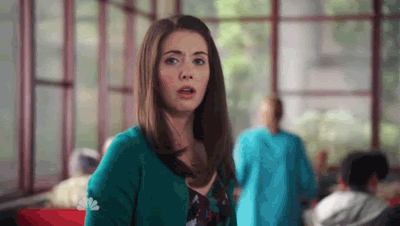
Anyway, despite all those problems, I would never challenge this book, and I can see why teens might be into it. They probably haven’t encountered these stereotypes as often as I have to be frustrated by them, and maybe they might identify with the ~angsty~ protagonist’s unrequited love. Also all the characters are well-read and reference classics in their Deep and Meaningful Life Conversations, which I find tiresome but Teen Me would have found exciting and comforting. And yes, the characters smoke, drink, think about sex, and say “fuck”, but in that regard it’s a somewhat accurate portrayal of high school. Granted, I didn’t smoke or drink in high school, but I knew people who did. Seeing it in a book wouldn’t have opened up A Whole New World of vice to me that wasn’t already available if I wanted it. And if seeing people I knew in real life do those things wouldn’t change my mind about my own choices, random book characters certainly wouldn’t. Luckily, most of the challenges above kept the book in libraries, at least. Maybe next year I’ll challenge a bunch of books for Manic Pixie Dream Girl portrayals of women. Since we can just do that for anything in books we disagree with now.
Previously: Habibi
Next: I Am Jazz
